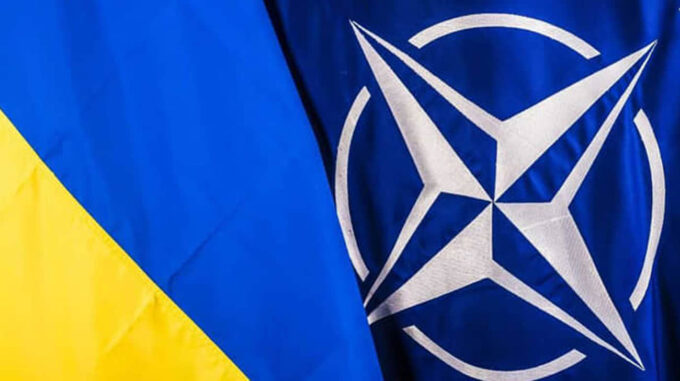On the eve of the NATO summit in The Hague, there are increasing uncertainties regarding the formulations that will be used to assess the roles of Ukraine and Russia in the alliance’s final documents

According to sources, discussions regarding mentions of Ukraine and Russia remain open, and no definitive decisions have been made yet. It is important to note that the upcoming summit plans to adopt a concise and brief final declaration — no more than five points — which significantly differs from the extensive declarations adopted in previous years. This short-format approach is somewhat less detailed compared to past annual declarations, but at the same time, it could be advantageous for Ukraine. It is possible that this compromise format will help preserve Kyiv's diplomatic status without allowing formal concessions in relations with allies. As clarified by "European Pravda," one of the main reasons for this innovation is the political situation in the United States. Considering the internal political context and the views of former President Donald Trump, who has openly expressed sentiments about potentially blocking Ukraine's NATO membership, reaching consensus on ambitious formulations regarding Kyiv’s accession is currently practically impossible. The 2023 Washington Declaration reaffirmed a course of "irreversibility" in Ukraine’s path to NATO membership — a position also confirmed by NATO Secretary General Jens Stoltenberg, who stated that the relevant decision "remains valid." At the same time, the less ambitious wording and detail in the new documents also have their logic, as any softening regarding membership could be perceived as a diplomatic retreat. Therefore, the inclusion of a more specific statement on Ukraine’s membership in the upcoming final document is entirely possible — most likely referring to support in funding assistance and weapons, which amid Russian aggression could be reflected in allies' financial commitments, rather than formal membership. Conversely, the document is unlikely to exclude Russia — since this country remains the main threat and a key factor in NATO’s defense planning. Regarding the participation of Ukrainian leader Volodymyr Zelensky, even greater uncertainties arise. It is currently known that Ukraine was invited only to the first day of the summit — specifically, to the official dinner, which is most likely a symbolic formality. Whether Zelensky will have a separate meeting with Trump or other bilateral contacts remains an open question. Additionally, there are questions about the roles of other partners — notably, Asian countries that also received invitations to participate in the events in The Hague. Another pressing issue is the decision to increase NATO member countries' defense spending. Preliminary reports suggest that allies are preparing to agree on raising this spending to 5% of GDP, some of which could be directed specifically to support Ukraine and its defense capabilities. The new target will likely be divided into two parts: 3.5% for equipping and military needs of Ukrainian forces, and an additional 1.5% for broader security and infrastructure projects, which will be more deeply integrated into NATO’s military and defense structures. Some countries, particularly Canada and Luxembourg, might use this aid within the framework of their new commitments to increase defense expenditures to 5% of GDP. This creates additional opportunities to support and strengthen Ukraine’s defense, providing not only material resources but also a political signal of NATO’s unity and resolve in confronting Russian aggression. For more details on preparations for the Hague summit and potential compromises, including issues surrounding Ukraine’s participation and formulations regarding Russia, read "European Pravda’s" article: "A compromise with Trump: what the NATO summit in The Hague has in store for Ukraine and allies."

